Pauline Trigère | Profiles in Sewing History
This outspoken designer hired the first African American model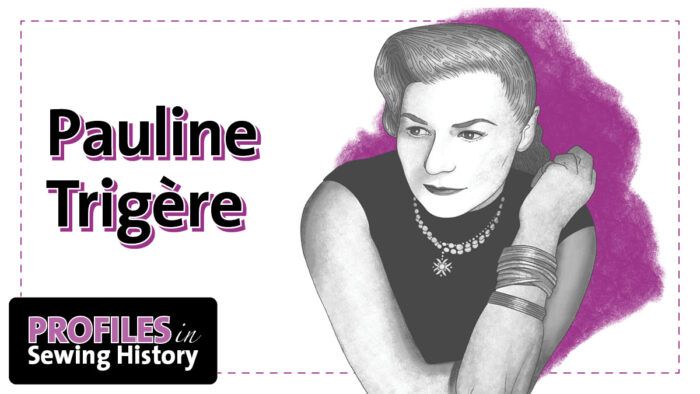
This is the story of a woman who never gave up, even when her circumstances became difficult. She took an unfortunate life event and used it as an opportunity to launch her fashion career. An out-of-the box thinker, she constantly fought for what she believed in. In fact, she is known as the first major designer to hire an African American model, despite the consequences at the time. This is the story of Pauline Trigère.
Click here to see other installments of our Profiles in Sewing History series.
Early life
Pauline Trigère was born in Paris on November 4, 1908, to Russian-Jewish parents. Sewing played a big role in Pauline’s childhood. Her mother was a dressmaker and her father was a tailor. By the time Pauline was 10 years old, she could use a sewing machine and, as a teenager, she designed her first dress. Nevertheless, Pauline had dreams of becoming a surgeon until her father disapproved.
She attended the Collège Victor Hugo in Issy-les-Moulineaux near Paris and then worked for the design house of Martial et Armand. It was there that Pauline learned how to cut and construct women’s clothing.
In 1929, Pauline followed in her mother’s footsteps and married a tailor. His name was Lazar Radley. They had two sons. With the rise of the Nazis becoming more prominent, the Radleys decided to leave France in the late 1930s and moved to New York City. The family opened a tailoring business. However, Mr. Radley didn’t want his wife to work. He subsequently left her and his children in 1942.
Establishing a career
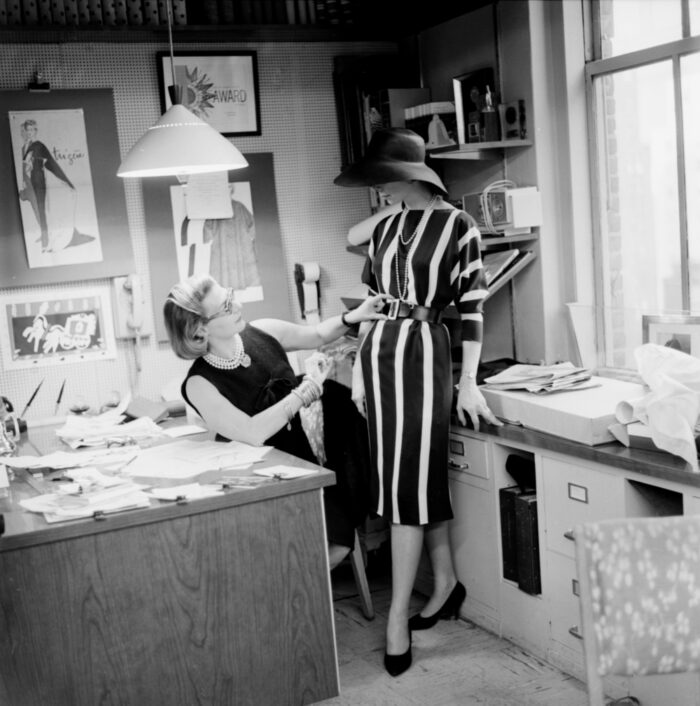
This big life change didn’t seem to deter Pauline. She knew she needed to provide for her family. She had learned so much from working for various fashion houses over the years that she decided to start her own design company. To finance her venture, she borrowed some money and sold a pair of diamond earrings. In 1942, the Trigère brand was born.
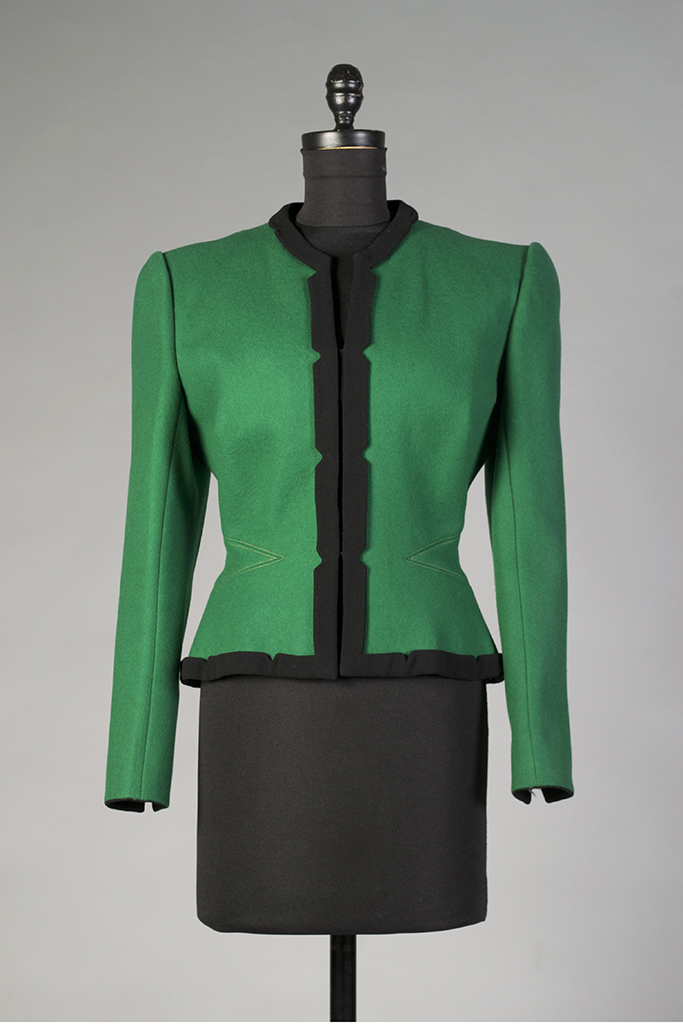
Trigère took off quickly. Pauline became known for creating sophisticated, elegant, and timeless pieces. Her clients loved how well her garments fit them.
A lauded and sought-after designer
By 1949, Pauline received her first Coty Award, considered one of the most prestigious awards in American fashion at the time. (The Coty Awards were discontinued in 1985.) Pauline later won two more Coty Awards and was inducted into the Coty Fashion Hall of Fame in 1959.
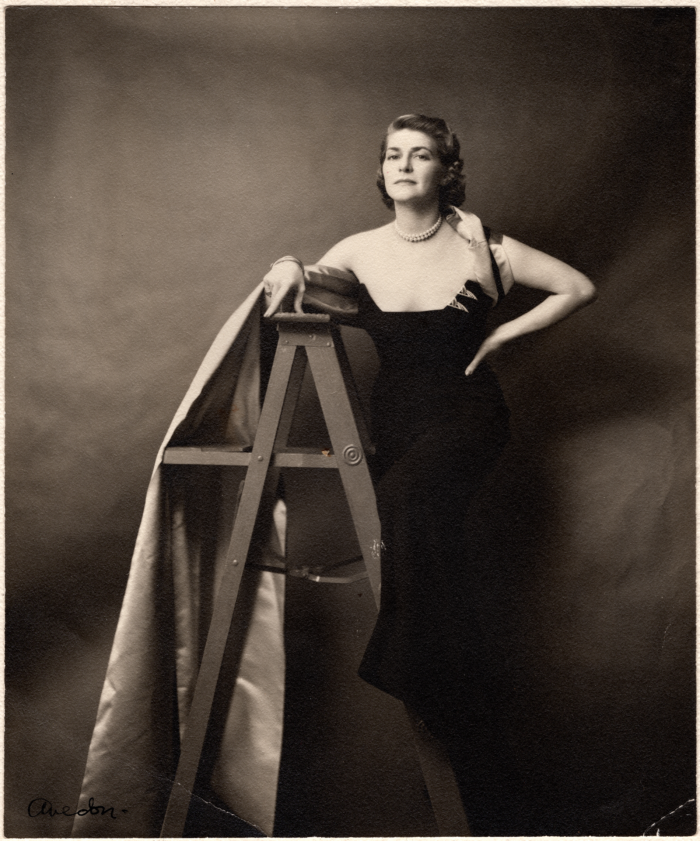
Soon, Pauline started dressing some big-name clients, including: the Duchess of Windsor, Elizabeth Taylor, Grace Kelly, Jacqueline Kennedy Onassis, Bette Davis, and Lena Horne. Pauline even designed the outfit Meryl Streep wore to accept her first Oscar Award for the 1979 movie Kramer vs. Kramer. This was a huge moment for Pauline, as she specialized in creating eveningwear that made women feel confident and glamorous.
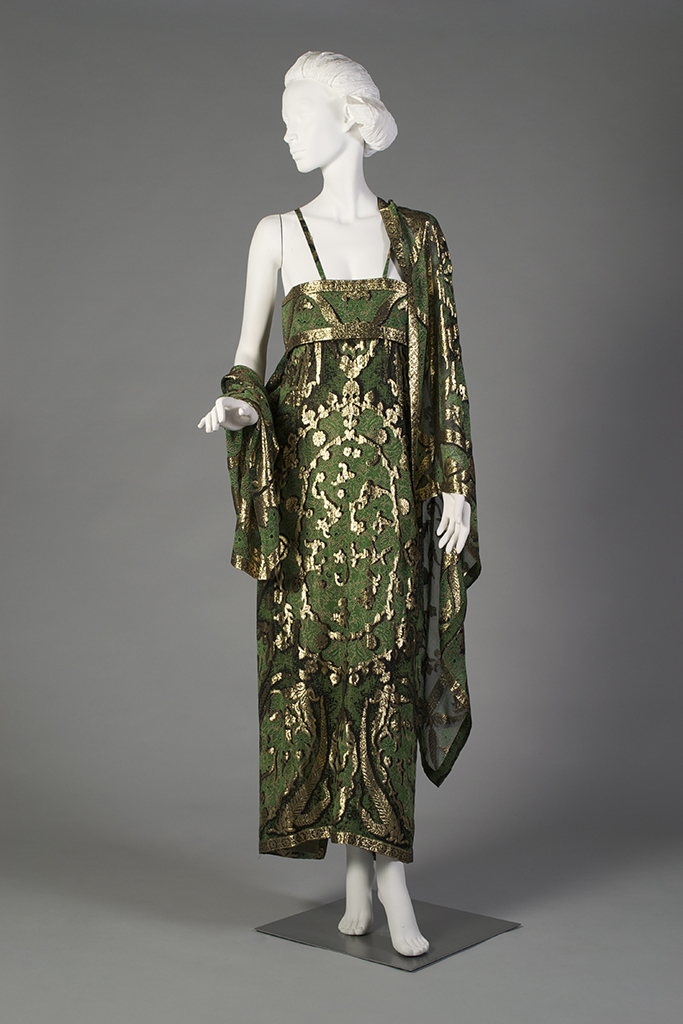
Her methods and innovations
Unlike most designers, Pauline preferred to cut and drape fabric on women instead of sketching her designs. She was innovative and constantly reinvented traditional clothing and styles. She’s credited with transforming the jumpsuit—previously worn only at job sites or in the military—into a fashionable and comfortable garment. She also introduced reversible outerwear and the sleeveless coat into the fashion world.
Similarly, Pauline was the first major designer to hire an African American model, Beverly Valdes, during the Civil Rights era. As it turns out, at least one large retail account canceled its order from the brand in response to this decision. Pauline didn’t seem to mind. She is quoted as replying simply, “We won’t miss them.” Right around this time, Pauline, along with Hubert de Givenchy, was given the opportunity to design the costumes for Breakfast at Tiffany’s, another great achievement.
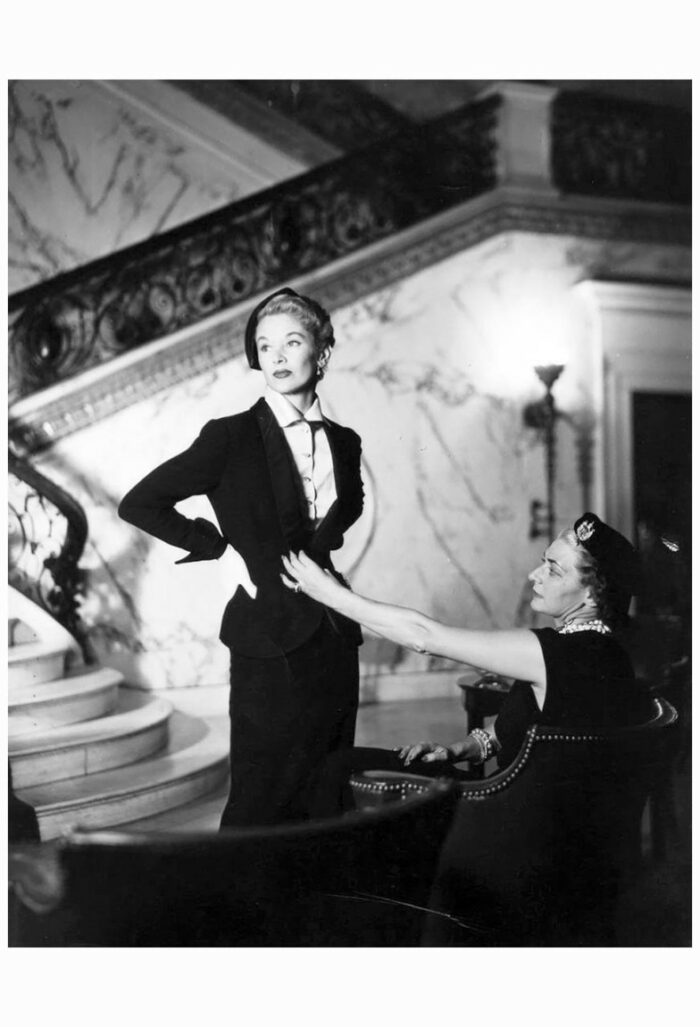
Unfortunately, by 1994, many of the companies to which Pauline sold her designs had declared bankruptcy and owed her money. As a result, she closed her ready-to-wear business, but continued to design accessories, including jewelry and scarves.
Honors for amazing achievements
This wasn’t the end of Pauline’s fashion journey. In 1993, she received the Lifetime Achievement Award from the Council of Fashion Designers of America (CFDA) and was later inducted into the New York Fashion Walk of Fame. Then, in 2001, Pauline received the highest distinction for a French civilian, the French Legion of Honor. Months later in 2002, at 93 years old, Pauline passed away in her Manhattan home.
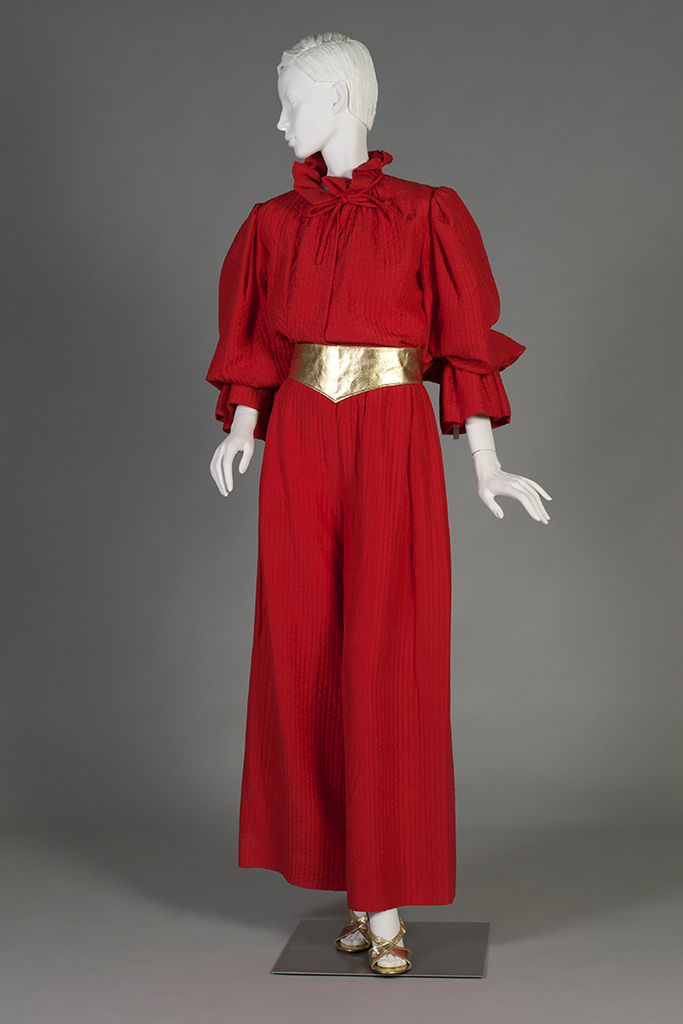
Pauline’s legacy
Even with all of her accomplishments, Pauline never got the same commercial recognition as her contemporaries. This is possibly because she never licensed her name, which she had said she regretted. Nevertheless, she had a career that spanned over 50 years. In fact, in 1992, she was the only designer in the United States to have carried on continual business for that long. To celebrate this milestone, a grand fashion show benefit, which welcomed 600 guests, was held in her honor at the Fashion Institute of Technology in New York.
Clearly, Pauline was a force in the fashion industry. She took an enormous risk when she borrowed money and sold her jewelry in order to create a business and provide for her family. In addition, no matter how successful she became, she stayed true to herself. She did what she wanted, regardless of the societal norms. Pauline was a trailblazer who spoke her mind and did things her way.
To learn more about Pauline, visit Trigère’s newly relaunched website here.
Have you heard of Pauline Trigère? What do you think about her ability to take risks and stay true to herself all those years ago? Please share your thoughts in the comments below.
Sources
Kelly, Alyssa. “The Legacy of Pauline Trigère, the Designer That Brought the Jumpsuit into Fashion.” L’Officiel, 4 Nov. 2020, www.lofficielusa.com/fashion/jumpsuit-history-pauline-trigere-designer-legacy.
“Heritage.” Trigère, trigere.com/pages/heritage.
Herman-Cohen, Valli. “Pauline Trigère, 93; Fashion Designer Bridged Cultures.” Los Angeles Times, 15 Feb. 2002, www.latimes.com/archives/la-xpm-2002-feb-15-me-trigere15-story.html.
Lockwood, Lisa. “Trigère Relaunches Today as a Made-to-Order E-Commerce Business.” WWD, 30 Mar. 2021, wwd.com/fashion-news/designer-luxury/trigere-relaunches-today-as-a-made-to-order-e-commerce-business-1234785048/.
The Editors of Encyclopaedia Britannica. “Pauline Trigère.” Encyclopædia Britannica, www.britannica.com/biography/Pauline-Trigere.
Nemy, Enid. “Pauline Trigère, Exemplar of American Style, Dies at 93.” The New York Times, 14 Feb. 2002, www.nytimes.com/2002/02/14/nyregion/pauline-trigere-exemplar-of-american-style-dies-at-93.html.
Illustration: Cassandra Bernier, based on a 1952 publicity photo of the designer.


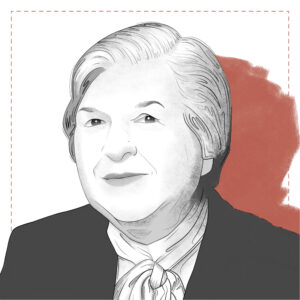



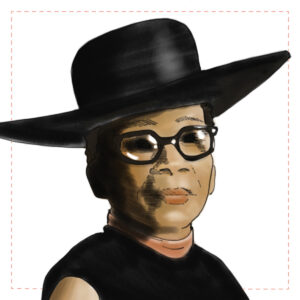





























Log in or create an account to post a comment.
Sign up Log in